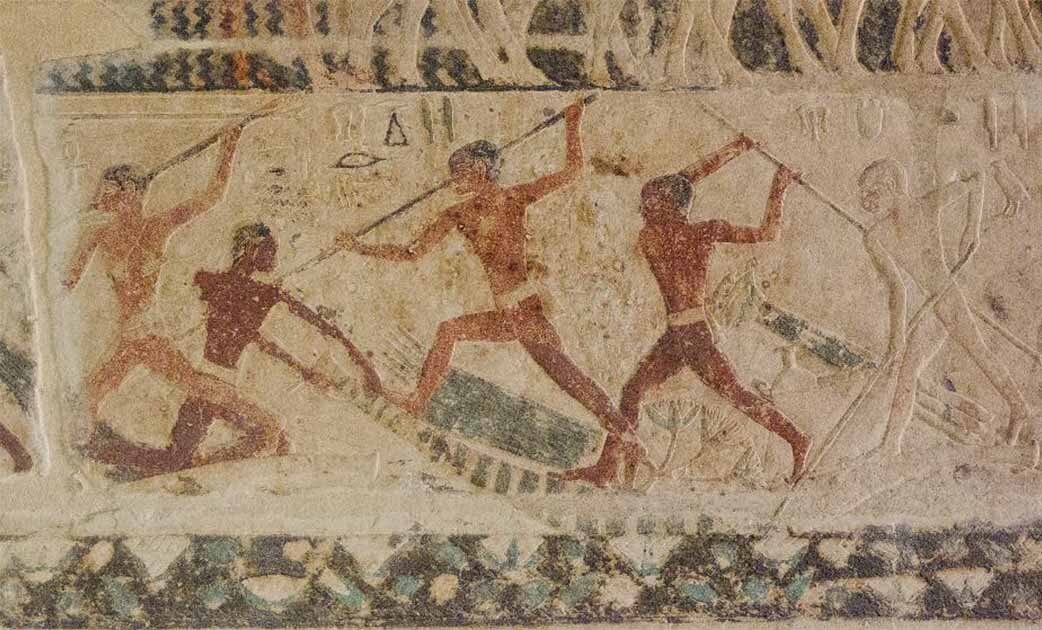Ancient Egyptian Sports: A Comprehensive Exploration
Ancient Egypt, a civilization renowned for its grandeur and mystique, had a vibrant sports culture that permeated various aspects of life, from leisure activities to religious rituals. Sports in Ancient Egypt were not merely pastimes; they served social, political, and spiritual functions. This article delves into the diverse sports practiced by the Ancient Egyptians, their cultural significance, and their legacy in the context of a society that valued physical prowess and community engagement.
Historical Context
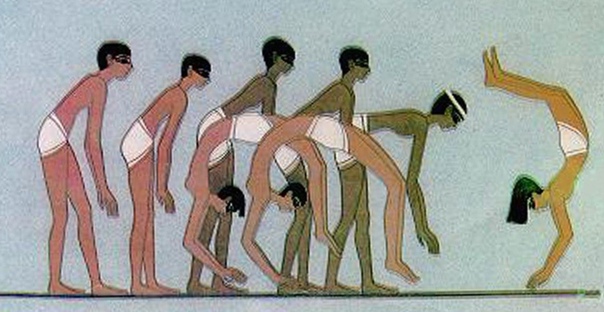
Sports in Ancient Egypt can be traced back to the early dynastic periods, around 3000 BCE, and continued to evolve throughout the civilization’s history. The Nile River, central to Egyptian life, provided not just sustenance but also venues for various activities, influencing the types of Games that emerged. The Egyptians placed a high value on physical fitness, believing it was essential for both daily life and military readiness. This emphasis was reflected in their sports, which often had practical applications in hunting, warfare, and labor.
Popular Sports and Activities
- Wrestling: One of the most popular sports, wrestling was not only a physical contest but also a means of demonstrating strength and skill. The sport is frequently depicted in tomb paintings and reliefs, indicating its prominence in both recreational and competitive contexts. Matches were often held during festivals, drawing large crowds and serving as entertainment for the masses.
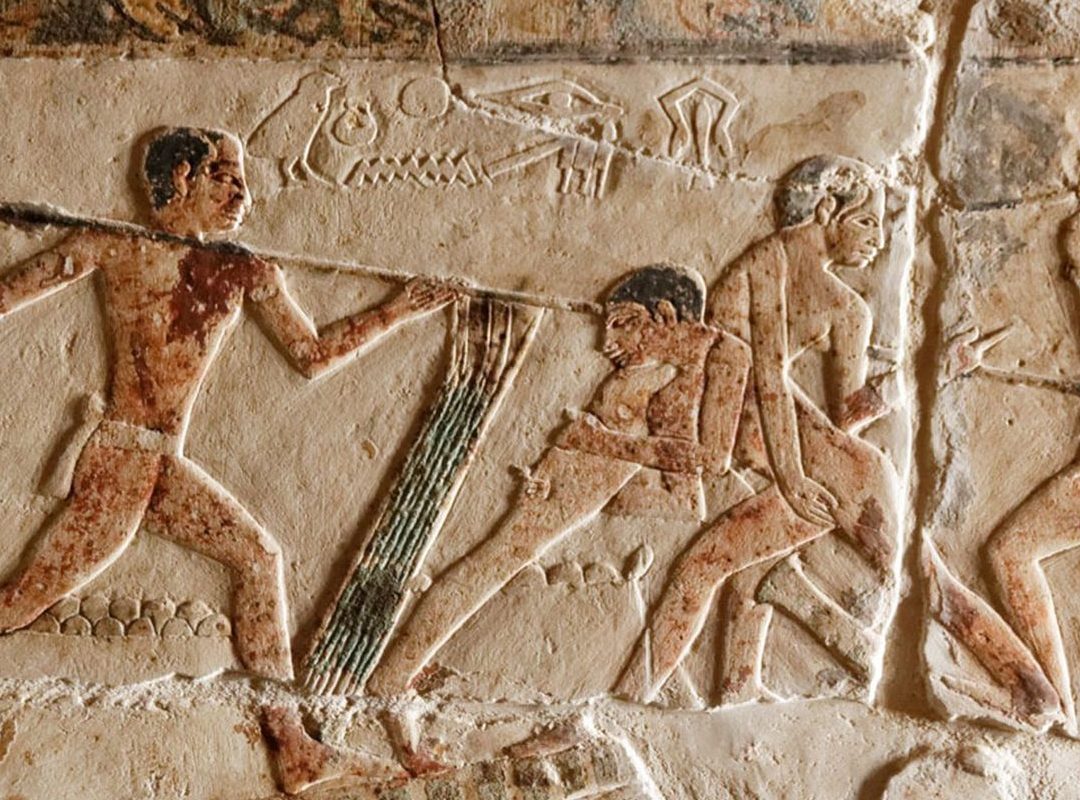
Wrestling: One of the most popular sports in ancient Egypt - Running: Foot races were a common form of competition, showcasing speed and endurance. These races often took place during religious festivals and public celebrations, emphasizing the connection between physical activity and community spirit. Young men, in particular, participated in running to demonstrate their athleticism and readiness for military service.
- Ball Games: Evidence suggests that Ancient Egyptians played various forms of ball games, akin to modern-day soccer or handball. Players used balls made from materials like papyrus or leather. These games promoted teamwork and competition and were often played in informal settings, reflecting a communal aspect of the Athletics culture.
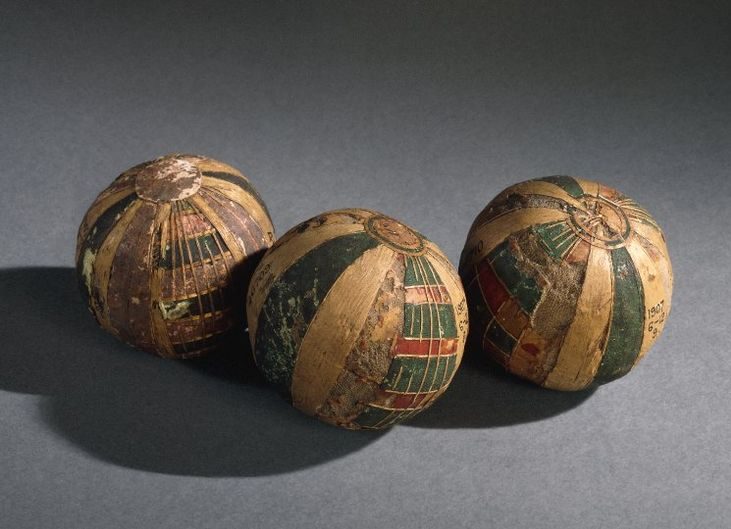
Ancient Egyptians played various forms of ball games, akin to modern-day soccer or handball. - Hunting: For the elite, hunting was both a sport and a demonstration of power. Pharaohs and nobles engaged in hunting expeditions for game like birds, deer, and even lions. These hunts were often ritualistic, symbolizing the conquest of nature and reaffirming the hunter’s status. Hunting scenes were common in tomb art, emphasizing its cultural significance.
- Swimming: The Nile River provided a natural setting for swimming, an activity enjoyed by both men and women. It was not only a practical skill for navigating the river but also a leisure activity. Swimming contests may have occurred, although specific details are less documented compared to other sports.
- Board Games: While not a physical games, games like Senet and Mehen were widely popular. Played by people of all ages and social classes, these strategic games engaged players in competition and reflection. Board games served as a social activity, fostering relationships and community ties.
Training and Physical Fitness
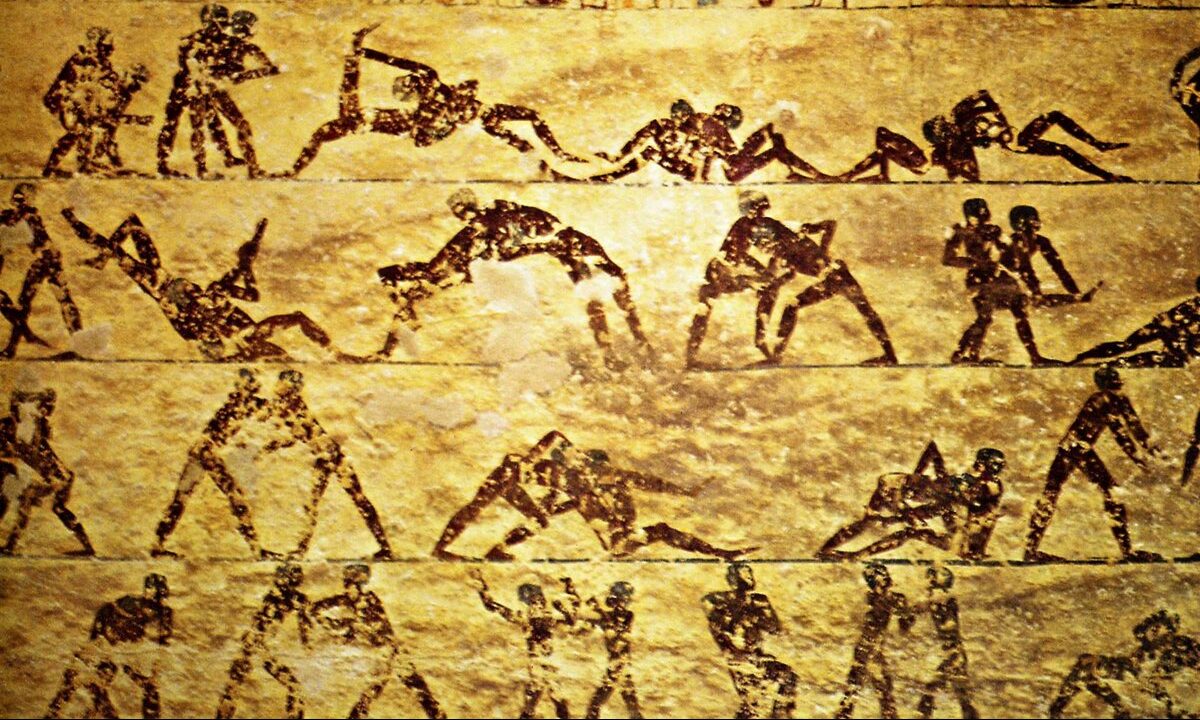
Training for Fitness varied widely. Young boys, in particular, were encouraged to engage in physical training to prepare for roles as warriors or laborers. This training often included wrestling, running, and other exercises that built strength and agility. Physical fitness was valued not only for its own sake but also for its practical applications in everyday life and warfare.
Sports and Religion
Many sports had strong ties to religious practices. Athletic competitions often coincided with festivals honoring various deities, such as Osiris and Horus. Victories in sports were seen as divine blessings, and successful athletes were celebrated within their communities. This intersection of sport and religion underscored the belief that physical prowess could be a reflection of divine favor.
Social Implications
The participation in games was often influenced by social class. While nobles engaged in hunting and wrestling, commoners participated in simpler games and community events. However, certain activities, like running and board games, transcended social boundaries, allowing individuals from various classes to compete and interact. This communal aspect of sports fostered social cohesion and shared identity among the Egyptians.
The Art of Sports
Artistic representations of sports in Ancient Egypt provide valuable insights into the culture’s athletic pursuits. Tomb paintings, reliefs, and pottery frequently depicted scenes of wrestling, hunting, and other activities. These artworks not only celebrated athletic achievements but also reflected societal values regarding strength, competition, and community.
Women in Sports
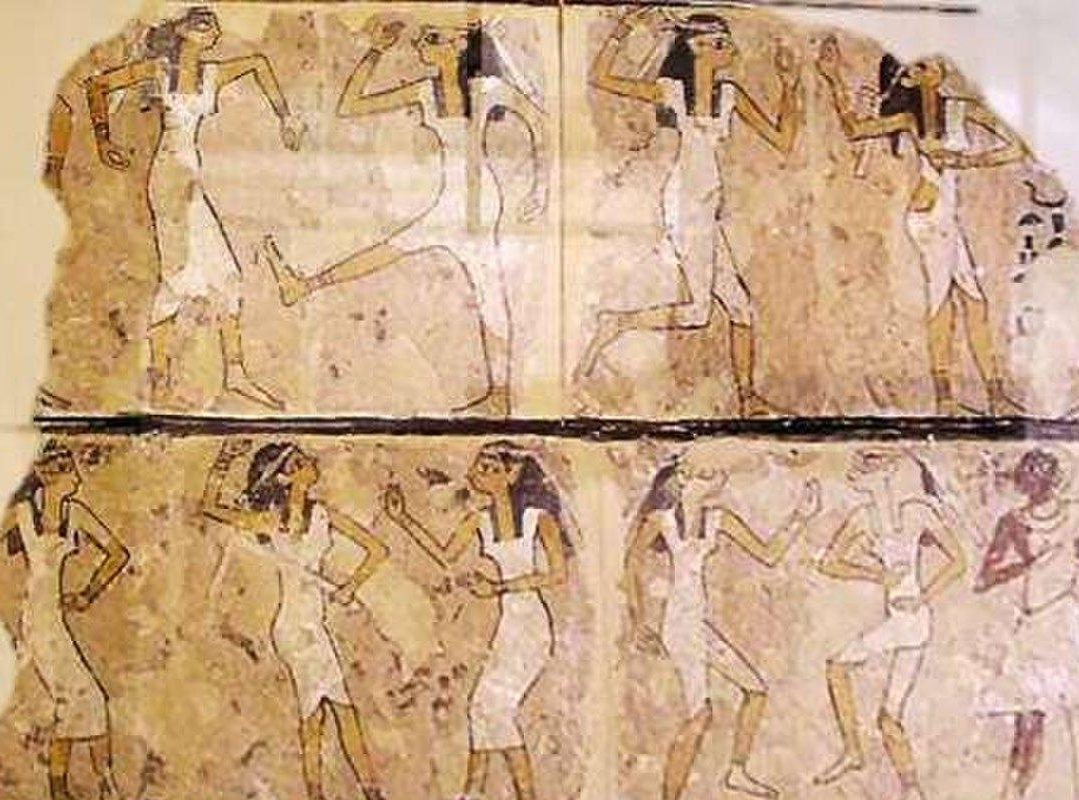
While historical records often focus on male athletes, women in Ancient Egypt also participated in various activities such as swimming and dancing were popular among women, and there is evidence of female athletes in some competitive contexts. The inclusion of women in sports indicates a more complex social structure, challenging the notion of a strictly patriarchal society.
Sports as a Preparation for Warfare
Many Activities served practical purposes in preparing individuals for warfare. Activities like wrestling and running helped develop the physical skills necessary for soldiers. This connection between sports and military training reinforced the idea that athleticism was crucial for both defense and social status.
Decline and Transformation
As Egypt underwent various political and cultural shifts, including foreign invasions and the rise of new religions, the emphasis on traditional games began to decline. The influence of Hellenistic and Roman cultures introduced new forms of entertainment and leisure, leading to a transformation in the sports landscape. While some traditional activities persisted, the formalization of sports gradually gave way to more leisurely pastimes.
Final Thoughts:
Sports in Ancient Egypt were a multifaceted aspect of their civilization, embodying physical activity, social interaction, and religious significance. From wrestling and hunting to board games and running, these activities reflected the values and beliefs of a society that esteemed strength, skill, and community spirit. The legacy of Ancient Egyptian Athletics continues to influence our understanding of physical culture today, reminding us of the vital role that sports play in human civilization. By examining the games of Ancient Egypt, we delve into a vibrant world that highlights the ultimate connection between athleticism and society, offering a glimpse into the lives of a remarkable people who once thrived along the banks of the Nile.

